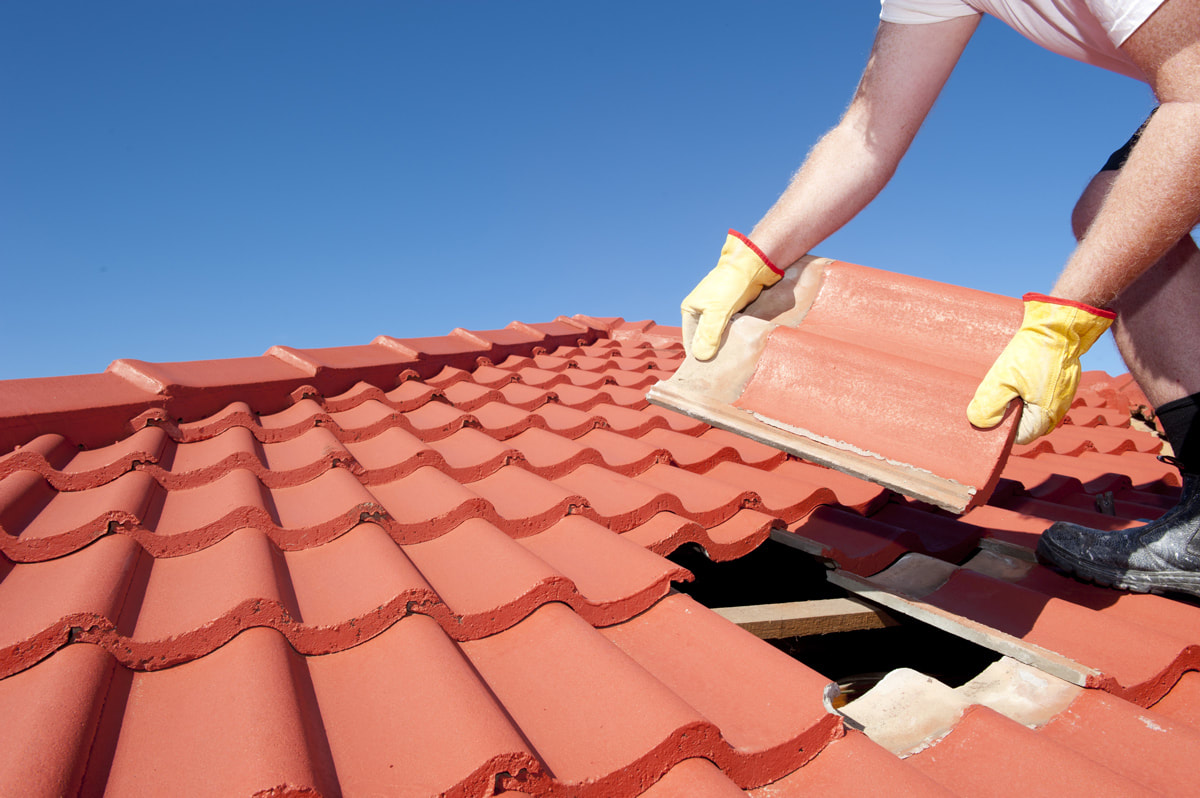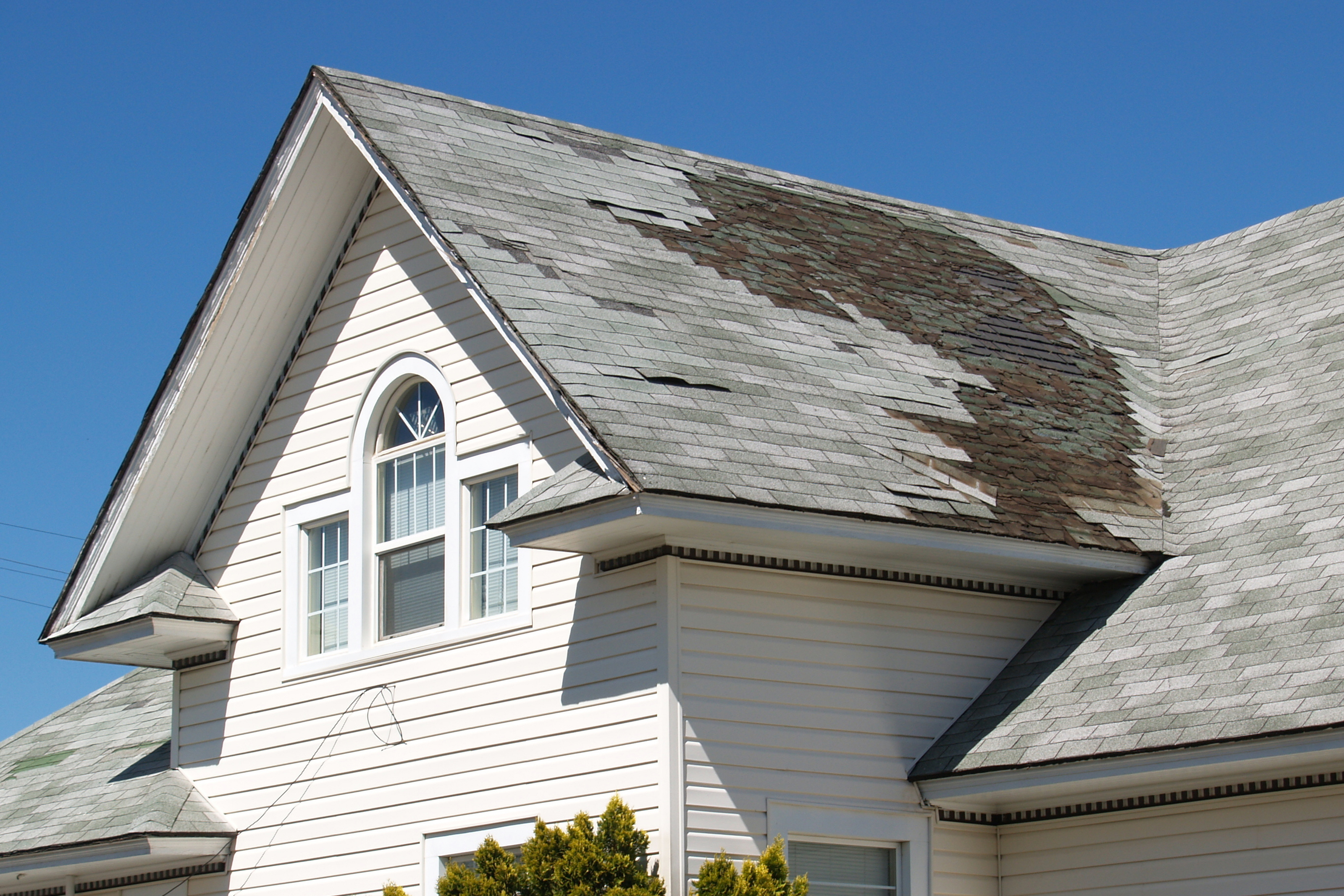Roofing Oahu: High Quality Providers for Long Lasting Roofs in Oahu
Roofing Oahu: High Quality Providers for Long Lasting Roofs in Oahu
Blog Article
Understanding the Different Kinds Of Roofs: A Comprehensive Guide for Homeowners
With a variety of alternatives-- varying from the traditional gable to the contemporary flat-- each type offers special advantages and difficulties that should straighten with the home owner's particular requirements and environmental considerations. As we explore the complexities of different roofing kinds, it becomes apparent that one dimension does not fit all; the appropriate option might shock you.
Saddleback Roof
Gable roofing systems, defined by their triangular form, are amongst the most preferred roof covering designs because of their simplicity and effectiveness in losing water and snow. This style includes two sloping sides that meet at a ridge, permitting for efficient drain and minimizing the risk of water accumulation. The steep pitch generally related to gable roof coverings boosts their capacity to handle heavy rainfall, making them ideal for various climates.
Along with their practical benefits, gable roofing systems use aesthetic convenience. They can be adapted to different building designs, from standard to modern homes. The design can likewise fit added attributes such as dormer windows, which improve all-natural light and air flow in the attic room room.
Furthermore, saddleback roofs provide sufficient area for insulation, adding to power efficiency. Home owners can pick from a variety of roof covering materials, including asphalt shingles, metal, and tiles, better enhancing customization options.
Despite their advantages, gable roofings may need added assistance in locations susceptible to high winds or heavy snowfall. In general, the saddleback roof stays a preferred option as a result of its blend of functionality, resilience, and visual appeal.
Flat Roofs
Flat roofs are often recognized for their minimal design and practical applications, specifically in industrial and business setups (oahu roofing). These roofings feature a horizontal or virtually horizontal surface, which permits very easy building and versatile room use. While they may do not have the visual allure of pitched roofing systems, level roofings provide many advantages, especially in metropolitan environments where making best use of area is crucial
Among the main advantages of flat roof coverings is their access. House owners can utilize the roof covering space for numerous objectives, such as rooftop yards, terraces, or solar panel installments. In addition, flat roof coverings are usually more economical to install and keep contrasted to their sloped counterparts, as they need fewer materials and labor.
Common materials utilized for flat roofings include built-up roof (BUR), customized asphalt, and single-ply membrane layers, each offering unique advantages. Generally, level roofs serve as a functional and versatile selection for several home owners and organizations alike.
Hip Roof Coverings
Hip roof coverings are identified by their sloped sides that converge on top, creating a ridge. This style stands out from gable roofing systems, as all 4 sides of a hip roof incline downwards towards the walls, providing an extra secure framework. The angle of the slopes can vary, enabling convenience in architectural visual appeals and capability.
Among the main benefits of hip roofs is their capacity to stand up to heavy winds and damaging climate condition. The sloped surfaces make it possible for much better water visit drainage, lowering the danger of leaks and water damage. In addition, hip roofing systems offer boosted attic room room, which can be used for storage space or even converted right into habitable areas.
Nevertheless, constructing a hip roof covering can be much more costly and complicated than less complex roofing system types, such as saddleback roofs. The added product and labor associated with creating the inclines and ensuring appropriate architectural integrity can cause higher expenditures. Despite these drawbacks, several homeowners prefer hip roofs for their longevity, aesthetic charm, and possibility for power effectiveness.
Mansard Roof Coverings
Mansard roofs, commonly identified by their special four-sided layout, function two inclines on each side, with the reduced incline being steeper than the upper. This building design, stemming from France in the 17th century, is not just visually attractive yet functional, as it maximizes the usable space in the upper floors of a structure. The high reduced incline enables for more headroom, making it an excellent choice for attics or lofts, which can be exchanged living spaces.
Mansard roofing systems are identified by their versatility, accommodating various architectural styles, from standard to modern-day. They can be created with various products, including asphalt shingles, slate, or metal, offering home owners with his comment is here a series of options to suit their budget plans and choices. In addition, the layout enables for the assimilation of dormer windows, boosting all-natural light and air flow in the upper levels.
Nonetheless, it is necessary to consider the possible downsides. Mansard roofs might require even more upkeep because of the intricacy of their design, and their high slopes can be testing for snow and rain drainage. Overall, mansard roofings incorporate elegance with functionality, making them a prominent choice amongst property owners looking for distinct building features.
Lost Roofing Systems
As house owners increasingly look for simpleness and performance in their building designs, shed roofing systems have emerged as a popular option. Identified by a solitary sloping aircraft, a shed roofing system provides a minimal aesthetic that enhances different home styles, from modern to rustic.
Among the main benefits of a shed roof covering is its simple building, which usually translates to reduce labor and product costs. This style enables efficient water drain, lowering the risk of leakages and water damages. Furthermore, the vertical slope gives enough room for skylights, enhancing all-natural light within the inside.
Lost roofing systems additionally offer convenience in regards to usage. They can be effectively integrated into additions, garages, or outside structures like pavilions and sheds. Furthermore, this roof covering style can fit various roof materials, including metal, asphalt roof shingles, or perhaps environment-friendly roof coverings, lining up with eco-friendly initiatives.
Nevertheless, it is vital to think about local environment problems, as heavy snow loads may necessitate adjustments to the roof's angle or structure. Generally, dropped roofings provide a useful and aesthetically pleasing alternative for homeowners looking to make the most of functionality without endangering design.
Final Thought


Gable roof coverings, characterized by their triangular form, are amongst the most prominent roofing styles due to their simpleness and effectiveness in dropping water and snow. oahu roofing. The high pitch frequently linked with gable roofs enhances their capacity to handle heavy rainfall, making them ideal for different climates
While they might lack the aesthetic allure of pitched roofs, flat roofing systems supply numerous advantages, particularly in metropolitan atmospheres where making the most of room is crucial.

Report this page